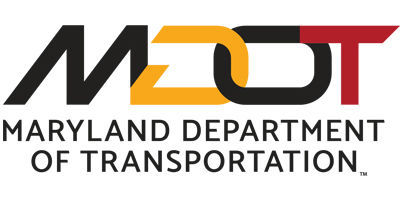

This meeting is the closeout and final meeting of the pooled fund. The goals of this phase are to conduct focused field tests of nonintrusive technologies and examine the traffic data collection capabilities of each sensor, including collection of volume speed and classification data. The Minnesota Department of Transportation (MnDOT), with funding and technical guidance from 13 other states, is implementing a continuation of the “Evaluation of Non-Intrusive Technologies for Traffic Detection” (NIT Phase III) pooled fund project. SHRP2 – travel time reliability: (opens new window)Įvaluation of Nonintrusive Traffic Detection Technologies, Phase III (members only) NATMEC: North American Traffic Monitoring Exhibition and Conference: (opens new window) The committee serves as a forum for discussion of current planning data activities. The capability of information systems to integrate various transportation-related data sources into a strategic multimodal information database for statewide transportation planning. Transportation planning data and information systems for all modes of transportation. The committee’s scope includes research and technology transfer activities pertaining to statewide Transportation Research Board Statewide Transportation Data and Information Systems Committee (ABJ20) The committee is also concerned with highway monitoring standards to ensure the applicability and quality of traffic data in all its applications.
#Mdot traffic volumes full
Its scope encompasses the full range of monitoring technology, including traffic sensors (both intrusive and nonintrusive), installation materials and techniques, signal processing algorithms, analysis and reporting techniques, and comprehensive monitoring programs. This committee is concerned with all aspects of research in the fields of highway traffic monitoring, including detection, counting, classification, and in-motion weighing of highway vehicles. Transportation Research Board Highway Traffic Monitoring Committee (ABJ35) With an interest in the design, collection, analysis, and reporting of transportation supply and demand data needed for urban and metropolitan transportation planning efforts, this committee is focusing particularly on development of the data requirements of new and innovative techniques for measuring and monitoring the performance of metropolitan transportation systems as well as on evaluation of changes in demographic and urban travel characteristics. Transportation Research Board Urban Transportation Data and Information Systems Committee (ABJ30) Typical checks might include corridor level review for consistency, progression and anomalies, a historcial review of the data (at least 20 years back, possibly more due to the impact of the recession on traffic counts between 20), missing segments in network (especially ramps), and a review to see if the counts were performed properly (were they factored for seasonality/day of week, were they made for at least 24 hours, what are the limitations of the counting technology used). # Reasonableness Checkĭue to the importance of the role of traffic data's use in model validation and model accuracy, it is critical to perform some review of the source data. Vehicle classification data is more difficult to visualize because of the numerous categories and is most frequently depicted using the flow maps, band widths and diurnal distibutions for truck percentages. 28 of the referenced report: ( (opens new window)). The dirurnal aspect of traffic counts is another frequently used tool to understand traffic data over a 24-hour period or longer periods (an example from Kentucky ATRs is shown on p.
Traffic data is also frequently shown in band widths to show the relative value of the traffic volumes. Traffic count data is usually viewed in traffic count flow maps (see example from the Kentucky Transportation Cabinet for 2008 ADTs for the City of Lexington, Kentucky ( \_maps/maps/lexington.pdf (opens new window)). Visualization is a critical component of understanding traffic data. Most truck models also use the categories of heavy trucks, light trucks and commercial vehicles. Time of day models also require hourly or period data. For most travel demand models, a minimum of 24-hour volumes (ADTs) and truck percentages are needed.


 0 kommentar(er)
0 kommentar(er)
